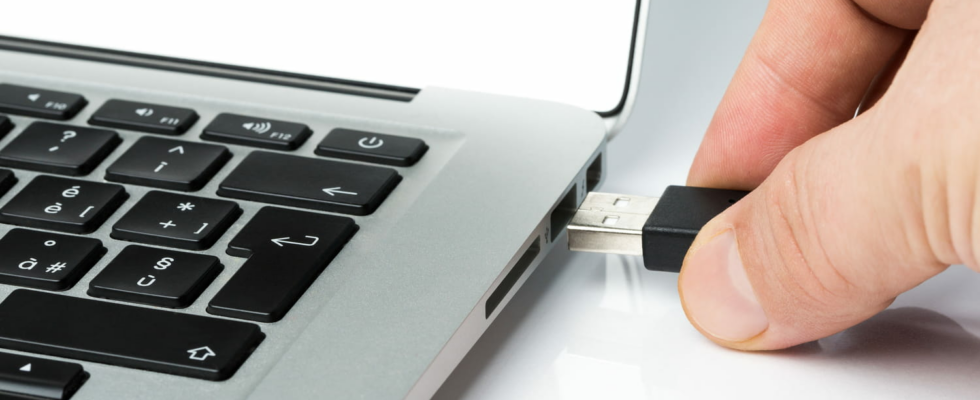A small, seemingly harmless file could be hiding on your USB storage devices. It is actually a virus that spreads between your devices via keys or external hard drives.
Computer threats are always more numerous and more sophisticated. While most attacks today take place on the Web, through fraudulent email campaigns or booby-trapped website pages, some viruses still spread “the old-fashioned way”. This is particularly the case with malicious software which is currently rampant, traveling via external storage media.
In recent months, several testimonials given on the CommentÀMarche Security Forum report an infection that spreads between devices via USB sticks and external hard drives. According to bazfilea forum moderator specializing in computer security, the way the virus spreads is as follows:
“When an infected USB drive is plugged in and opened, the infectious executable it contains […] infects the PC by creating a registry entry that launches when the computer starts, […] then as soon as a USB key or an external hard drive is connected to the infected PC it is in turn infected, […] it’s endless. »
How to detect the presence of malware? According to the information shared, the infection manifests itself through the presence of a file named “photo018.exe” on contaminated USB devices. If you see this file on one of your USB drives or external drives, then it is probably infected with the virus.
To disinfect your PC and USB devices, you can use software like Kaspersky Virus Removal Toolwhich is free and works without installation. To clean a USB drive or external drive, you need to plug it into your computer but without opening it. To do this, you must first disable the automatic launch option for removable drives.
With Windows 11, you will find this option in Settings > Bluetooth & Devices > Autorunor in Control Panel > Autorun. And on Windows 10, the option is in Settings > Devices > Autorun. In all cases, it is advisable to choose the parameter Always ask me for all device types, instead of the option Open folder and view files by default, which is not very secure.
Finally, if the problem persists despite the use of a disinfection tool, for example if the “photo018.exe” file reappears a few hours or a few days later, you can go to the CommentÀMarche Security Forum to request help. help. You will then likely be asked to provide operating reports of your computer, using the free Farbar Recovery Scan Tool (FRST), in order to investigate your problem. And if one of the members solves it, obviously don’t forget to thank them.
